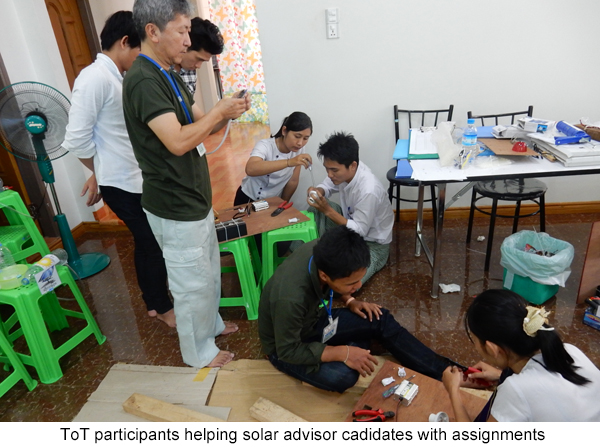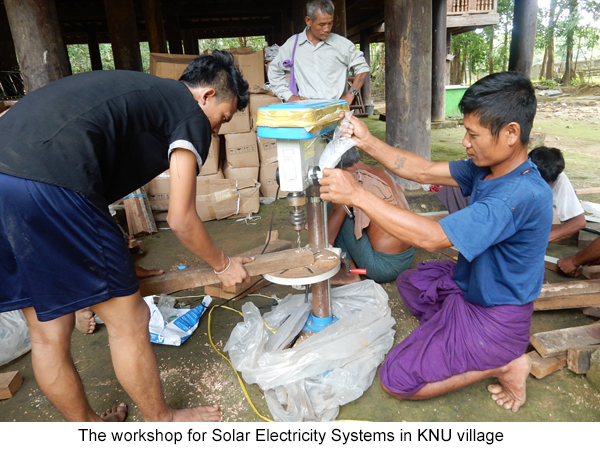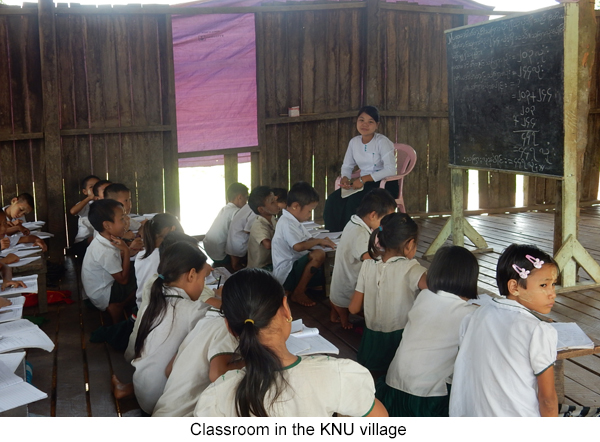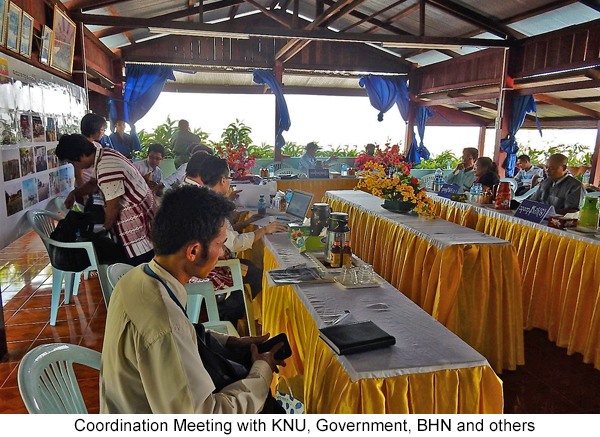Myanmar Karen: Educational Course for State Employees and Installation of Solar Systems to KNU Villages
2017.4.27 Thu 11:39
In the past year BHN has been conducting two programs in the State of Kayin(=Karen).
1. Educational Training on Solar Electricity Systems (SES) to the State Employees
The coverage ratio of national grid in the State of Kayin still remains around 10% of the population. Under such a situation, the State government has been distributing SESs to individual households in the rural areas.
As BHN is going to end the three-year project of installing SESs in the public premises, the sustainability of the SESs built by BHN, as well as of the SESs built by the government, is quite an important issue and we are now in the last stage of ToT (Training of Trainers) project.
As many as 12 to 15 State employees are expected to pass the examination to be qualified as SES Trainers. They are expected to play the role of teachers training others to become “Solar Advisers,” who will guide and educate villagers.
2. Electrification in the KNU villages
After the rainy season in November last year, BHN started installation works of 1,370 SESs in the houses of the 15 villages in the KNU area. As almost all of the 1,370 systems originally planned were installed as scheduled by the end of February, we are expecting to install another 200 systems before the next rainy season starts.
Even after the completion of the 1st stage project, a large number of people will be still left without electricity. BHN is now coordinating with KNU, Government and other organizations for the next project to install SESs for houses and public facilities in the KNU area.
The Nippon Foundation (TNF), another Japanese organization working in the same area, is building houses and local clinics in the area. TNF and BHN had concluded agreements in advance, and based on this, we have been running the project cooperatively.
Both KNU and Myanmar Government are appreciative of the projects undertaken by TNF and BHN that they are becoming good examples to enable people feel the “Value of Peace,” and that they shall encourage other Ethnical Armed Groups to seriously consider making further steps for peace agreement.




